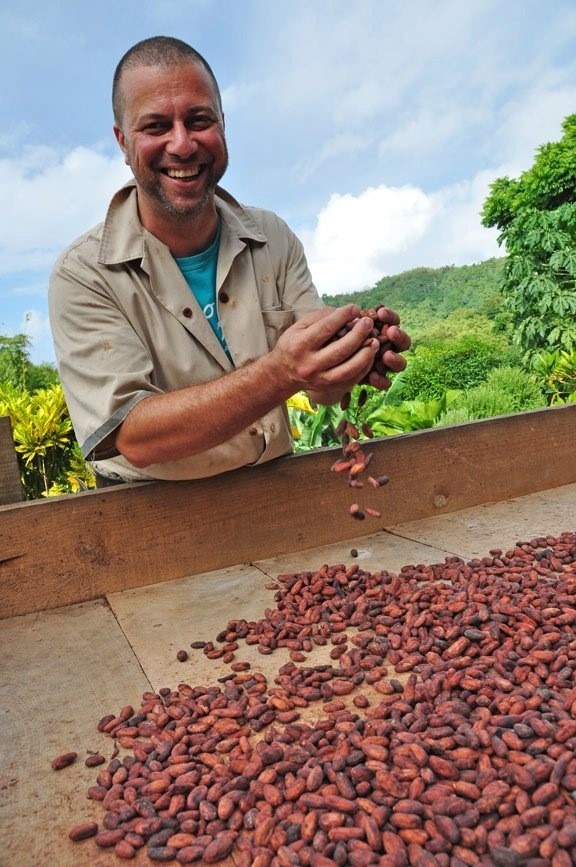Despite the COVID pandemic, families and friends around the world are looking forward to the upcoming holiday season. This is the time of the year when we celebrate our blessings and dine together. Chocolate will invariably be on the menu, since it is one of the most popular desserts in the world.
As you prepare holiday menus and shop for food, take a moment to think about your chocolate purchase. Where was the chocolate made? Where were the ingredients sourced from, and by whom?
Most cocoa is grown in West Africa. In recent years, production in this region has expanded and currently accounts for over 70 percent of global supply. The nearly 2 million farms in the region are managed by families on individual landholdings of less than 5 acres. In these rural areas, there is limited infrastructure, social services, or regulatory oversight.
Since farming is a family business, children routinely help to clear land, maintain orchards, and harvest cocoa. This can involve hazardous work such as pesticide applications, machete use, and carrying heavy loads. Many children living on farms do not have access to or attend school. The overarching problem in the region is a marketing system that clearly benefits large companies and governments, while famers remain impoverished. Poverty and child labor are invariably interlinked.
This month, NORC at the University of Chicago issued a report commissioned by the US Department of Labor to assess progress on child labor mitigation efforts on cocoa farms in Cote d’Ivoire and Ghana. A second report, conducted by NORC and issued by the World Cocoa Foundation, examined company-specific programs to combat child labor in cocoa supply chains. The overall findings from NORC showed a persistent and ogoing problem of child labor on farms in West Africa. Rick Scoby at the World Cocoa Foundation provided a comprehensive and balanced review of both reports. As he said, “It is important to note this report, led by the U.S. Department of Labor, is not about the abhorrent practices of forced child labor or forced adult labor in Côte d’Ivoire and Ghana, which other studies show is extremely rare in the cocoa sector.”
The NORC reports made several recommendations, such as scaling up company programs, increasing child labor monitoring and remediation, adopting living income differential (LID) wages for farmers, and investing significantly in education. To learn more about LID, please visit FCIA member’s Uncommon Cacao’s blog explaining how this works.
Is there the political will to make this happen? Are there any significant changes to the cocoa marketing system that can result in better equity for farmers?
The Fine Chocolate Industry Association (FCIA) and our 300 members represent companies dedicated to promoting and supporting fine chocolate. Although our footprint is small in comparison to the full chocolate industry, our company members are innovative and offer consumers quality and healthy chocolate. This website, Make Mine Fine Marketplace, lists over 80 of our company members who sell chocolate directly to consumers online. Learn about how these companies source cocoa and compensate farmers in Latin America, Africa, and Asia. We also encourage you to take a virtual journey to cocoa producing countries to learn the history, farming and marketing practices, and unique flavor profiles in each country.
To reduce cocoa farmer poverty, cocoa farmers need to make more for their crop. Are you willing to pay more for quality chocolate, knowing that you are not only supporting artisan chocolate companies but also helping cocoa farmers and their families?




